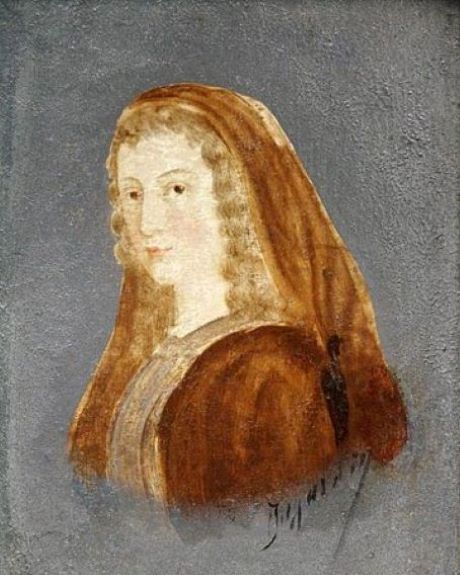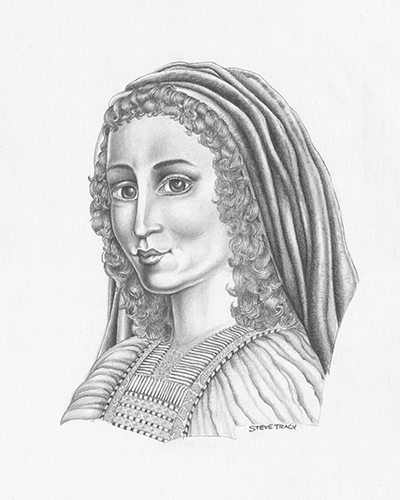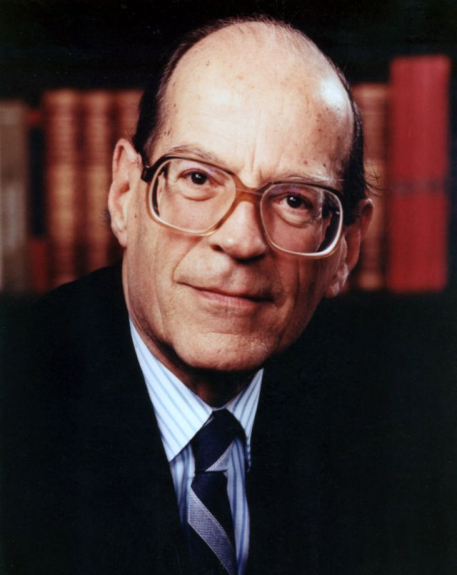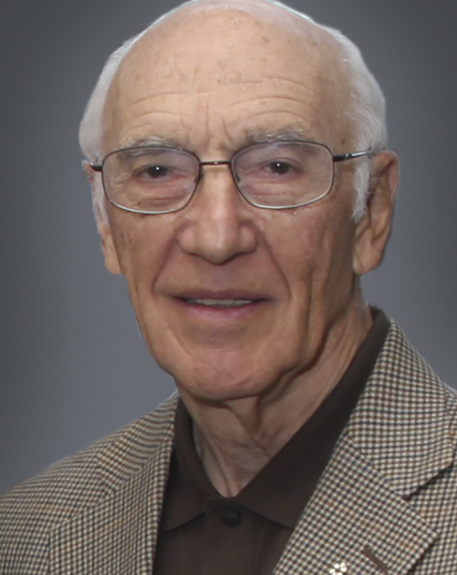2020 INDUCTEE Venerable Jeanne Mance Women in Medicine, The Early Days - Health Care Pioneers, Patient Care, Leadership in Organizational Development
November 12, 1606
(Langres, France)
June 18, 1673
2014: Recognized as Venerable by the Catholic Church

Founded the Hôtel-Dieu de Montréal

Canada’s first secular nurse and a pioneer in the field of health care
In May of 1642 on the Île de Montréal, a medical missionary named Jeanne Mance founded a small wilderness hospital in Ville Marie (now Montréal), the Hôtel-Dieu. That hospital, the second oldest in North America, went on to serve the people of Canada for 375 years, finally closing its doors in 2017. The remarkable story of Jeanne Mance and the Hôtel-Dieu are part of the great story of Montréal itself. This courageous woman, combining religious passion with tremendous administrative skill, established, expanded and preserved one of the first and most durable medical institutions in North America, all while enduring and overcoming incredible physical challenges and hardship.
Key Facts
Developed her nursing skills during the Thirty Years War
Assisted those around her in every way she could, including raising orphaned children in her home
Was responsible for managing housing, property, finances, food, tools and goods, and she also acted as the hospital’s bursar
Was often called the
“Angel of the Colony”
Professional timeline
Impact on Lives Today
At a time of violence and suffering both in France and in Canada, Jeanne Mance created an enduring legacy of caring for the sick and the wounded, treating all peoples without exclusion. Her unwavering compassion, leadership, and resilience continues to inspire hundreds of years after her death. For 375 years, L’Hôtel-Dieu Hospital in Montréal was a site of pioneering medical research. In addition, it became the first French-speaking medical teaching hospital in Montréal and was home to a nursing school for almost 70 years. While the physical structure is no longer in operation, the legacy of the hospital and its founder established a foundation of medical care that continues to impact the lives of countless individuals today.

2021
-
Jeanne Mance posthumously inducted into the Canadian Medical Hall of Fame
Virtual Ceremony (originally scheduled to be in Vancouver, BC)
-
Jeanne Mance was honoured with the title Bâtisseuse de la Cité (a builder of the city).
The following year, she was officially recognized as a founder of Montréal as was Paul de Chomedey de Maisonneuve.
-
The Canadian Nurses Association established the Jeanne Mance Award.
The award honours a Canadian nurse who has made significant and innovative contributions to the Health of Canadians.
-
Jeanne Mance died in Montréal.
She is buried in the crypt beneath the chapel of the hospital in the heart of the city she founded and served.
-
Jeanne Mance made her final trip to France in 1662, seeking to preserve L’Hôtel-Dieu in Montréal and the city itself through disruptive changes in administration.
The Early Days - Health Care PioneersShe managed to navigate the complexities of political and religious power in a time of often dangerous, always uncertain, intrigue and ambition.
-
Jeanne Mance returned to Montréal with the first three nuns of the Religious Hospitallers of Saint Joseph—Judith Moreau de Bresoles, Catherine Mace, and Marie Maillet.
The Early Days - Health Care Pioneers -
Returning from mass along an icy street in the winter, Mance fell, breaking her right arm and dislocating her wrist.
The bone was set, but for a time, she lost the use of her arm. Despite the injury, she set sail for France on a recruitment mission for Montréal and the hospital, part of the trip carried in a stretcher.
-
Once the hospital was founded, Mance returned to France to secure more funds.
After surviving another exhausting months-long voyage, her efforts were met with success.
-

Jeanne Mance founded L’Hôtel-Dieu in what is now Montréal
The Early Days - Health Care Pioneers, Women in MedicineThe hospital consisted only of a room within the fort. Two years later, she had a small house built with room for six beds for men and two for women.
-
Although never a nun, Mance was convinced of her vocation to serve as a missionary in Nouvelle-France.
With the help of her powerful and wealthy patroness Mme. Angélique Faure de Bullion, Mance made the arduous three-month Atlantic crossing, first to Quebec, and then on to Montréal.
-
Only two years after the death of her father, Mance’s mother also passed away.
Mance became the main caregiver for her brothers and sisters, an early example of her willingness to assist all those around her.
1632
She was a model of indomitable will and perseverance.


